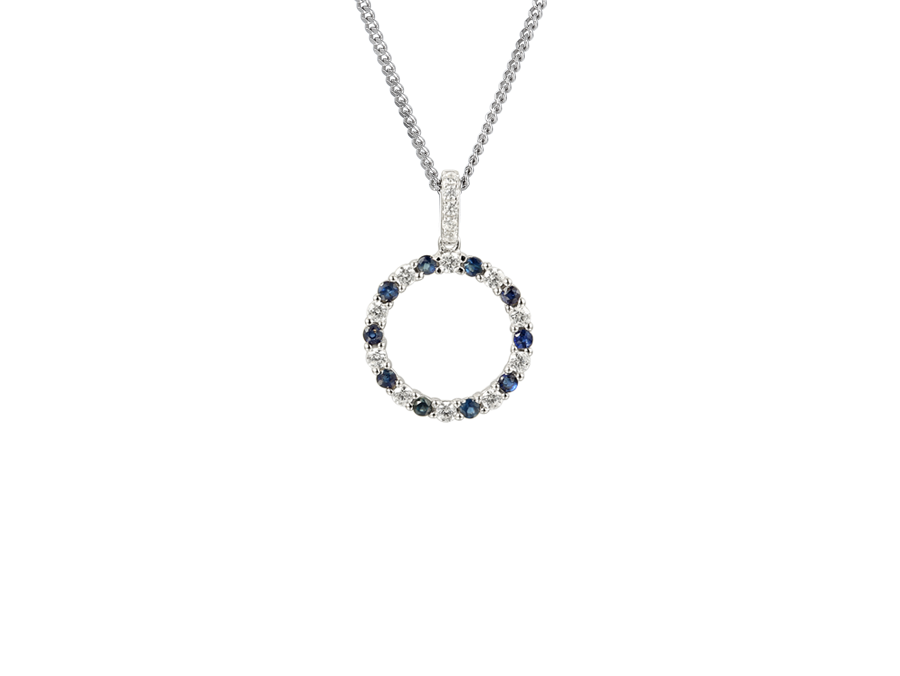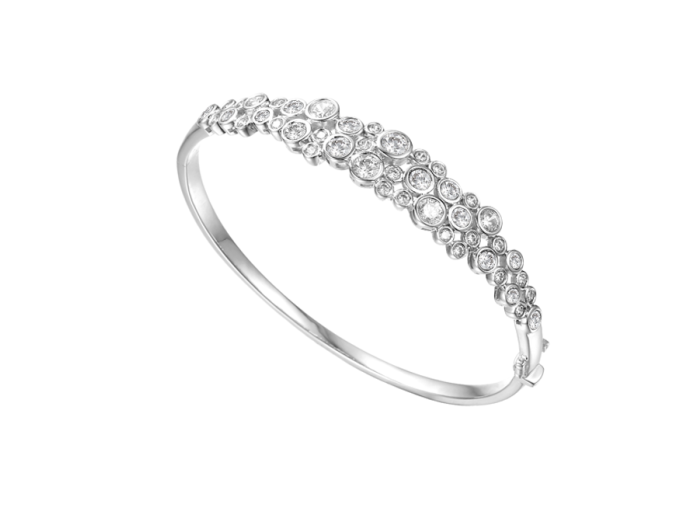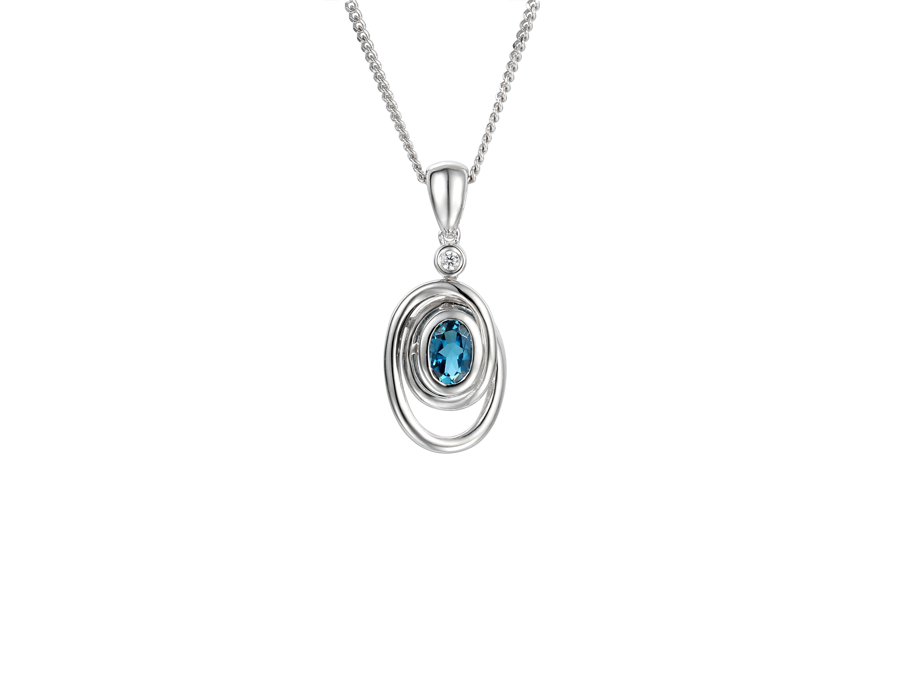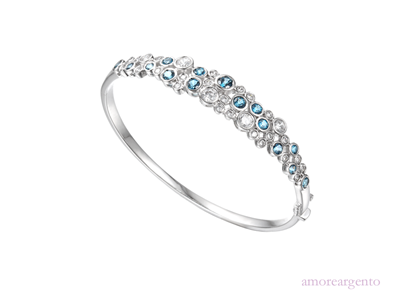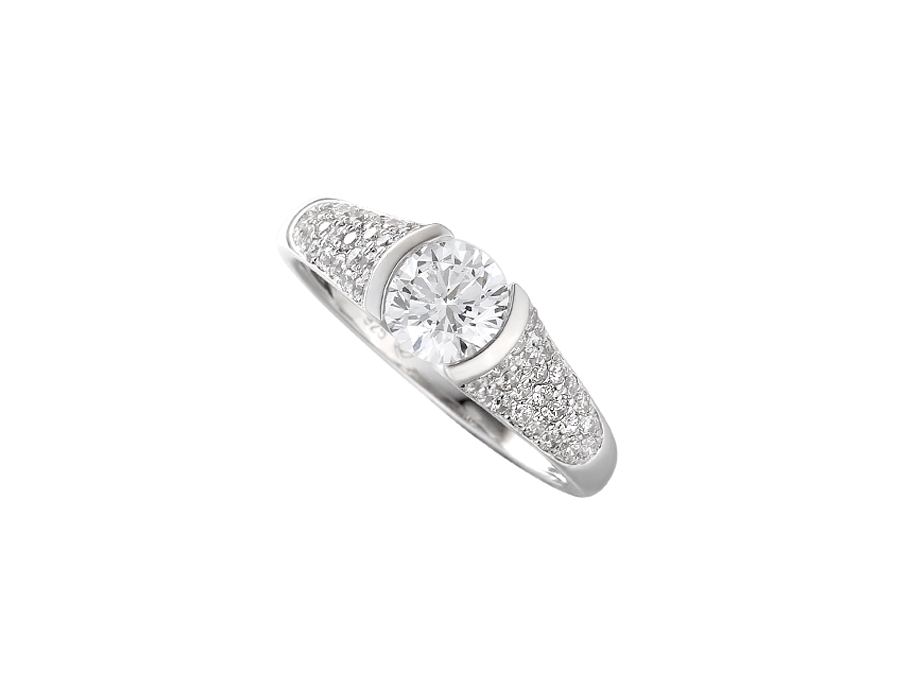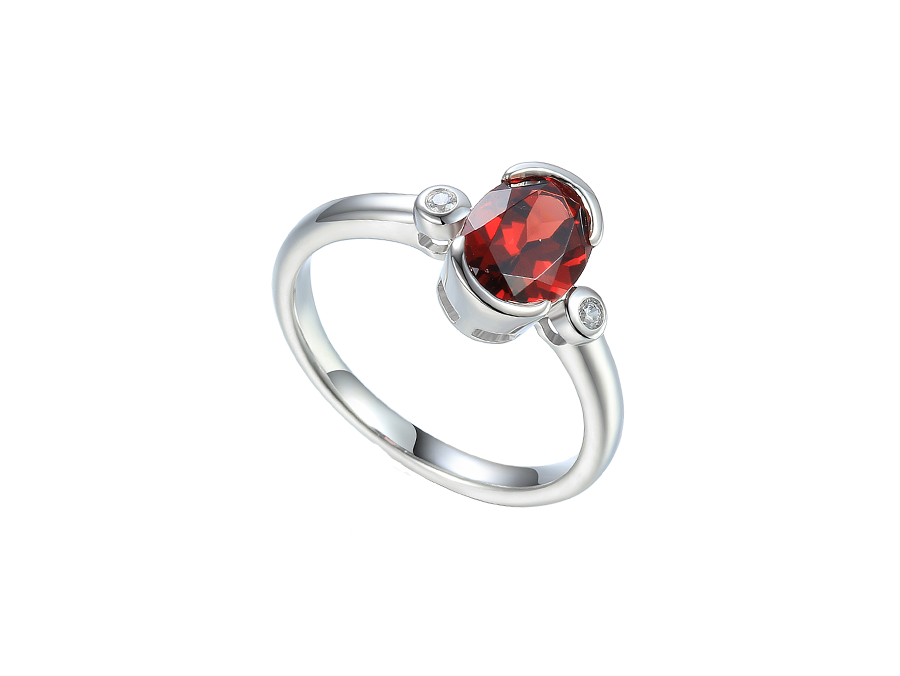We use cookies to make your experience better. To comply with the new e-Privacy directive, we need to ask for your consent to set the cookies. Learn more.
Jewellery In Literature – Part 2
Shakespeare is considered one of the finest English playwrights and his works have been translated into every language. While some people may have bad memories of being forced to read his works at school, there is a definite beauty in his prose and poetry as he makes good use of the imagery associated with objects to evoke certain emotions and feelings.
In Shakespeare's time, jewels had a lot of significance attached to them, making his choice of a particular gem in any particular setting poignant for reasons that modern readers may not be aware of, but those multiple levels of meaning are a key feature of his writing.
Much Ado About Nothing is one of his comedies, touching on the interplay between courting couples. One of the lead females, Beatrice, is renowned for having a low opinion of men, the conclusion of the piece being that she is eventually won round by a charming man. At first, she describes men thus: “If tall, a lance ill-headed; If low, an agate very vilely cut” showing that even a precious stone can be worthless if it is not cut properly, or the cutting style reveals flaws hidden within the stone, a fine metaphor indeed.
In Macbeth King Duncan sends Lady Macbeth a gift of a diamond. Diamonds were incredibly rare at the time and most often had to come from India – there were very few in Europe at the time, so to give one as a gift imparted a certain status on the giver and the giftee. The significance of the diamond underpins the dichotomy between Duncan and Macbeth – Duncan is kingly and deserves the throne, while the murderous Macbeth is not; it is later noted that as king, he does not give his followers diamonds which is a reference to the actual gift, but is also a reference to his poor abilities as a leader. The way that the diamond changes hands throughout the play, and the actions each character takes with it, are symbolic of their broader personalities and this theme runs throughout the play, with the transference of the diamond a key prop in the telling of the story.
Throughout his writing, Shakespeare used jewels and jewellery to add emphasis to characters and to show the relationships between them in a typically subtle manner – next time you read any of his work you may be surprised at the sheer amount of jewel based imagery he uses.








